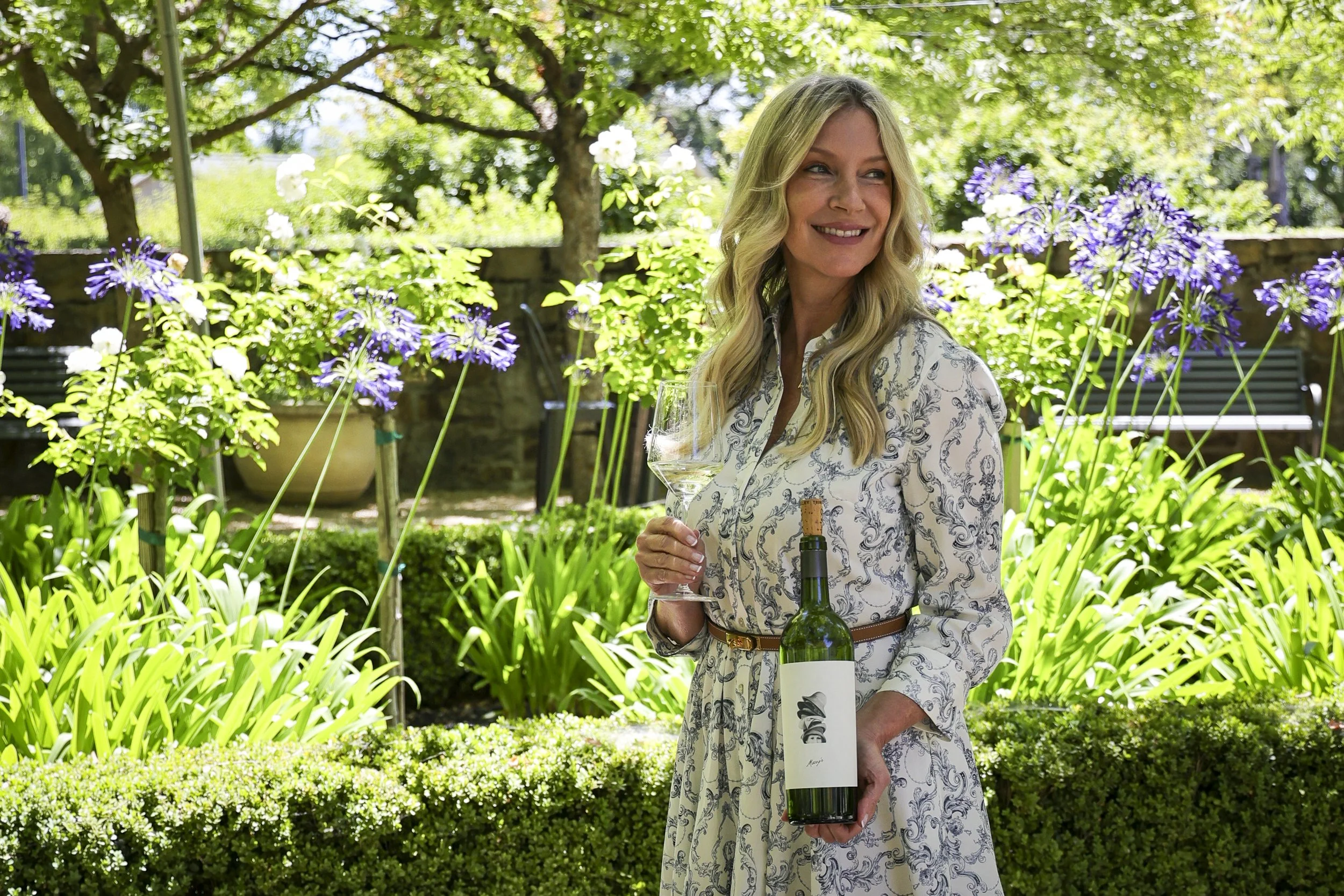Taste of the Valley: Sauvignon Blanc
When I said this was going to be the summer of Sauvignon Blanc, this tasting was exactly what I had in mind! We wrapped up an incredible afternoon tasting Napa’s premier Sauvignon Blancs all under one roof at Trinchero Napa Valley. From bright and zesty to rich and layered sips, every pour proved Napa’s serious skill with complex, age-worthy whites.
Enjoying a taste of host winery, Trinchero Napa Valley’s, All the Hats Sauvignon Blanc.
For those of you who have followed my wine journey for a while, you already know my undying love for this white grape variety. It all began with a bottle of Frog’s Leap that my mother-in-law introduced to me in my early twenties. Since then, I’ve grown to deeply appreciate the many styles of Sauvignon Blanc.
A few interesting facts about Sauvignon Blanc:
It’s one of the parent grapes of Cabernet Sauvignon (thanks to a spontaneous field crossing with Cabernet Franc), most likely in 18th-century Bordeaux.
Although commonly found in Bordeaux white blends (often with Sémillon), Sauvignon Blanc is thought to be native to the Loire Valley, where it produces aromatic wines with flinty character and bright acidity. Two highly regarded Loire Valley AOCs are Sancerre and Pouilly-Fumé.
This aromatic white grape variety is known for its signature acidity and distinctive methoxypyrazines—compounds also found in green peppers—that contribute to its sometimes herbaceous flavors.
It’s a vigorous grower in the vineyard, prone to overproduction. Interestingly, the name “Sauvignon” is believed to derive from the French word sauvage, meaning “wild.”
As of 2024, Sauvignon Blanc ranked as the fourth most widely planted wine grape in Napa Valley, with 2,521 acres. It comes after Cabernet Sauvignon, Chardonnay, and Merlot. In Napa, these wines often exhibit more tropical and stone fruit aromas compared to their French counterparts.
So… all of this is to say that over the past 15-plus years, top producers in Napa Valley have adopted a far more intentional approach to Sauvignon Blanc—similar to the care they give Cabernet Sauvignon. From thoughtful vineyard practices like canopy and crop management to nuanced winemaking choices using various fermentation and aging vessels (including new and neutral oak, concrete, and amphora), today’s leading Napa Valley Sauvignon Blancs are both complex and precise, integrated and focused. They strike a beautiful balance between freshness and richness.
After tasting ten of the top Sauvignon Blanc producers side by side, I can confidently say these are wines that can age beautifully. We tasted a 2013 Spottswoode (from magnum) that was just beginning to show tertiary notes, yet still had the vibrant acidity to support several more years of aging.
One pro tip I’ve adopted over the past few years with these complex white wines: decant them for 15–20 minutes. Treat them more like a red wine—serve at cellar temperature rather than straight from the refrigerator. You’ll be rewarded—I promise!
A big thank you to host winery, Trinchero Napa Valley, for your incredible hospitality—and to these talented producers: Spottswoode Winery, Rudd Estate, Quintessa Winery, Heitz Cellars, Ink Grade Estate, Lail Vineyards, La Pelle Wines, Somerston Estate Wines, and Ziata Napa Valley. If you have the chance to taste any of these wines (even if Sauvignon Blanc isn’t your typical white wine of choice), take it—and let me know your thoughts! xoxo, CaliWineGal









